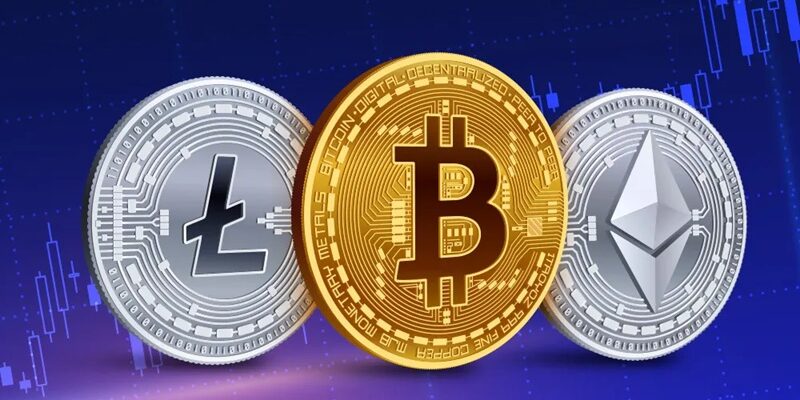Decentralized Finance (DeFi) has changed how people invest, giving new ways to earn passive cash. A main thing that draws people to DeFi is yield rates. Whether you stake tokens, join liquidity pools, or try yield farming, knowing DeFi yield rates is key to getting the most out of your money and keeping risks in check.
What Are DeFi Yield Rates?
DeFi yield rates show the return on your investment (ROI) when you give liquidity, stake assets, or farm tokens in DeFi systems. These rates are often shown as yearly percentages, like Annual Percentage Rate (APR) or Annual Percentage Yield (APY).
- APR: This shows the simple interest you earn in a year without counting compounding.
- APY: This takes compounding into account, meaning that any earnings are put back in, which raises the total returns over time.
Yield rates in DeFi change based on things like how popular the platform is, how much the asset is in demand, and what strategy is being used.
Factors That Influence DeFi Yield Rates
DeFi yield rates are not fixed and can change due to various reasons. Knowing these can help investors make smart choices:
Liquidity Demand
Places with high trading amounts or big liquidity needs usually give better yields to draw in users.
Token Rewards
Many DeFi sites give users their own tokens as rewards, which can raise yield rates for a short time.
Market Conditions
Fluctuations in the crypto market can impact asset prices, affecting yield rates. Bull markets often have higher rates due to more trade.
Protocol Risks
Platforms that appear riskier might offer higher yield rates to balance the risk for users.
Compounding Frequency
Sites that allow more frequent compounding can greatly raise APY compared to those with less frequent compounding.
Types of DeFi Yield Opportunities
DeFi yield rates differ based on how you seek returns. Here are a few common ways:
Staking
Staking means locking up your crypto in a proof-of-stake (PoS) system to help it run, like validating trades. The yield rates for staking are often steady and tie into the system’s reward setup and token use.
Liquidity Pools
Liquidity pools let users give assets to decentralized trade sites, like Uniswap or PancakeSwap. In return, users earn a share of trade fees and, at times, more token rewards. Yield rates here depend on how much trading goes on and the pool size.
Yield Farming
Yield farming means moving assets smartly between platforms to boost returns. This method can offer better yield rates but needs active management and a grasp of how the platforms work.
Lending and Borrowing
DeFi sites like Aave and Compound let users lend assets to get interest. Borrowing rates also affect what lenders earn, with yield rates shifting based on demand and supply.
The Impact of DeFi Yield Rates on Investments
DeFi yield rates have a clear effect on how profitable and risky investments are. Here’s what investors should think about:
- High Yields Come with Risks: High yield rates can mean more risks, like platform flaws, token inflation, or loss in liquidity pools.
- Compounding Benefits: Platforms with compounding can greatly boost earnings over time, especially in yield farming.
- Sustainability: It’s key to check if the yield rate is steady. High start yields can drop as more users come in or token rewards go down.
- Portfolio Diversification: Using different yield chances can help steady returns and cut risks from one platform or strategy.
How to Analyze DeFi Yield Rates
When checking DeFi yield rates, keep these steps in mind:
- Check the Platform’s Credibility: Look at the site’s background, audits, and safety steps.
- Understand Fee Structures: High fees can eat into returns, kind of for small investments.
- Monitor Market Trends: Yield rates often show market states. Stay aware of token price changes and liquidity needs.
- Use Analytical Tools: Platforms like DeFi Pulse and APY Vision give insights into yield chances and their risks.
Balancing Risks and Rewards
DeFi yield rates give great chances for crypto investors, but they need care. Balancing risk and reward is key to boosting returns while keeping your money safe. It’s wise to spread out across platforms, do your homework, and stay on top of market changes.
The Future of DeFi Yield Rates
As DeFi grows, yield rates are set to be more competitive and clear. New ideas like dynamic liquidity and multi-chain platforms might create new paths for better and steadier returns.
For those wanting to make the most of their crypto investments, grasping DeFi yield rates is a vital step. By staying in the loop and managing risks well, you can tap into the full potential of DeFi and reap the perks of passive cash in a decentralized space.


